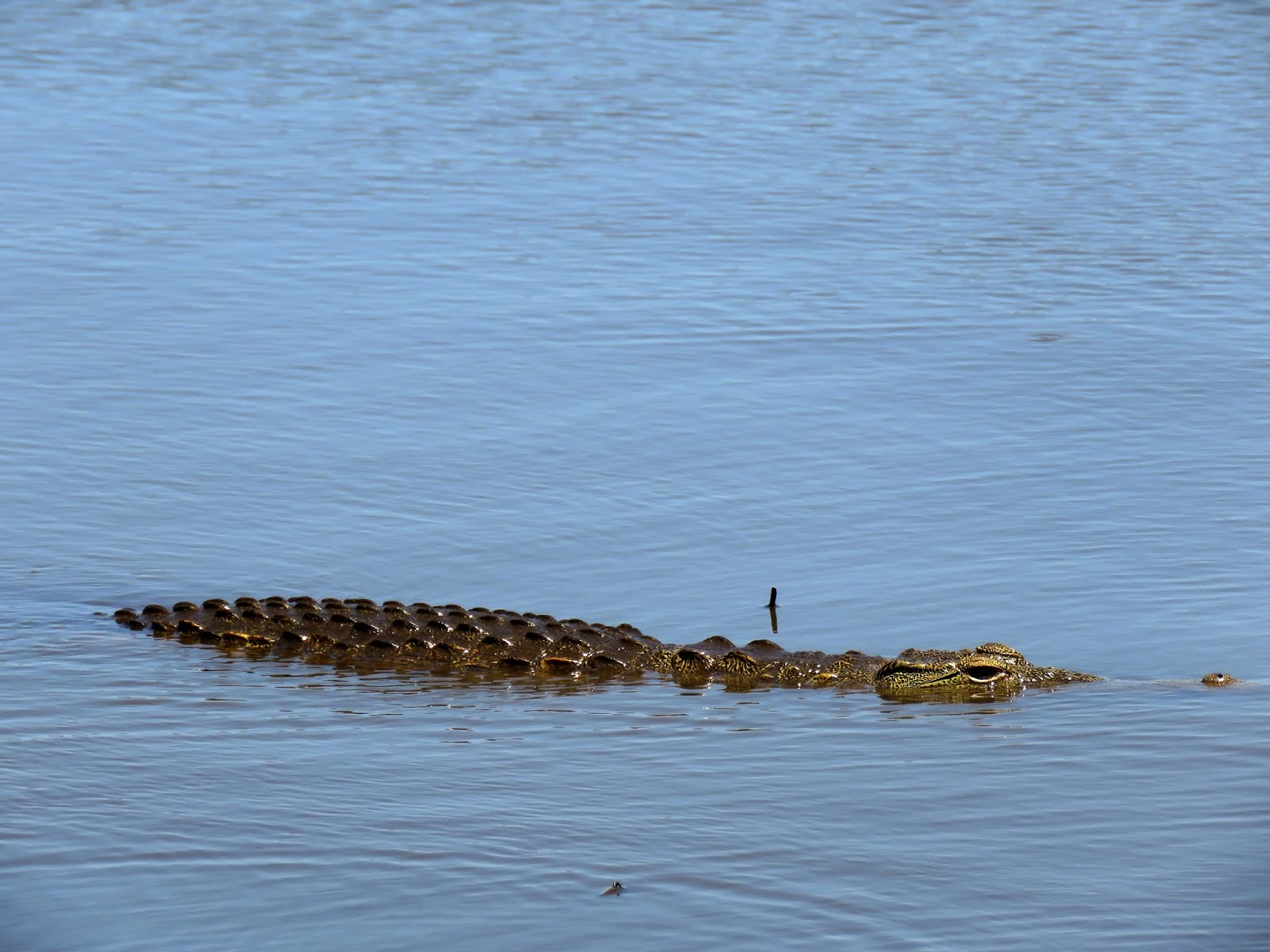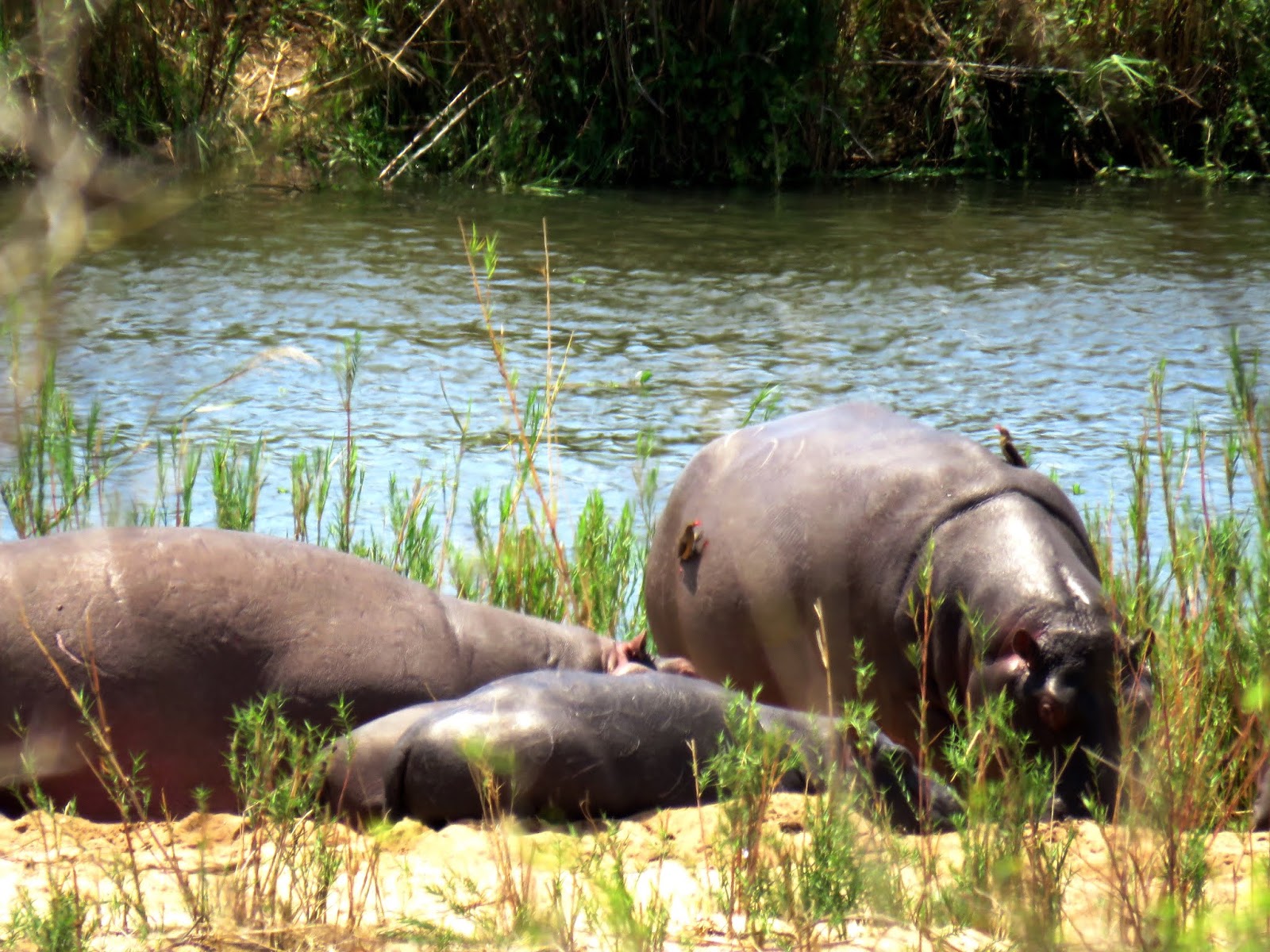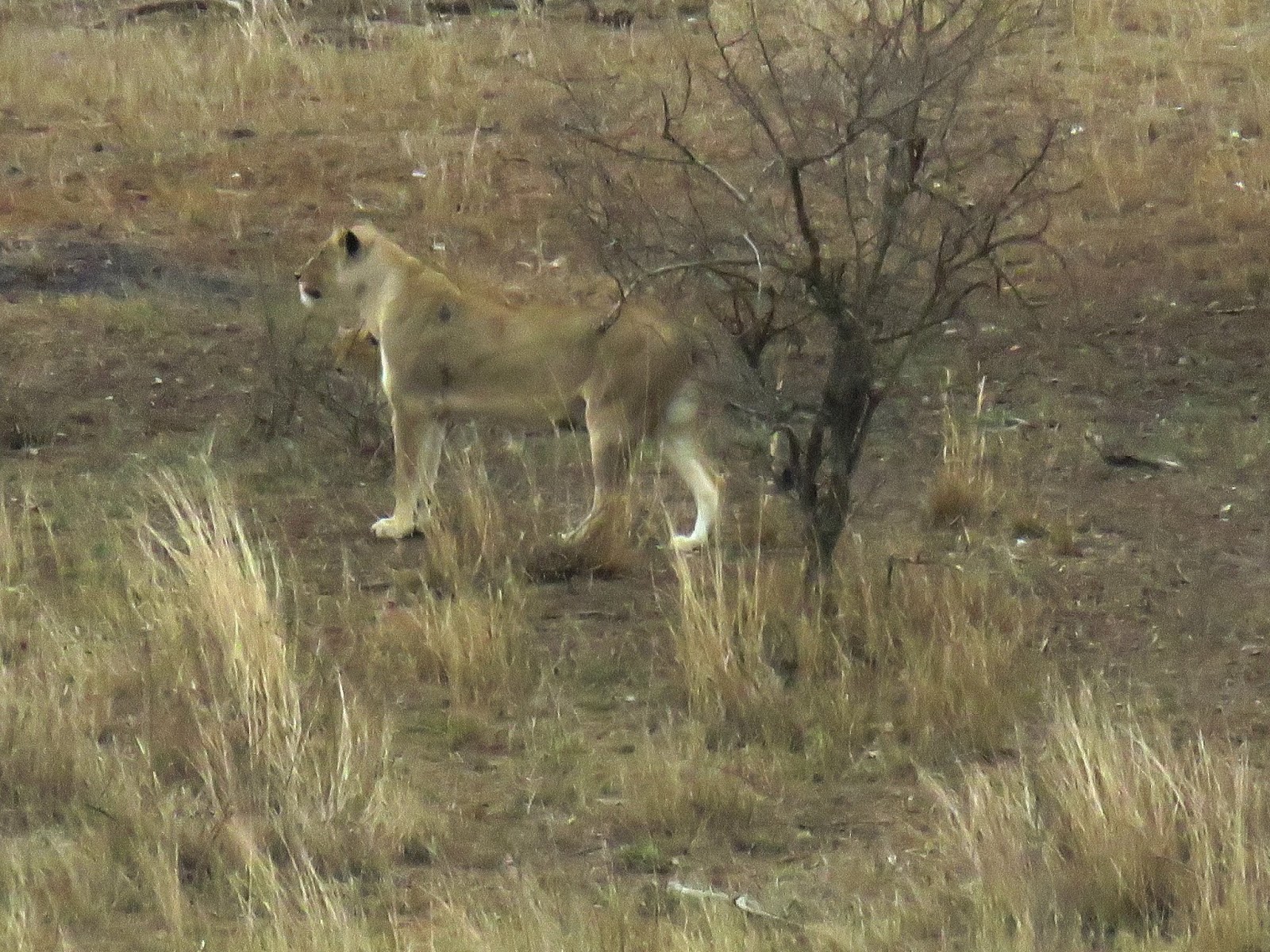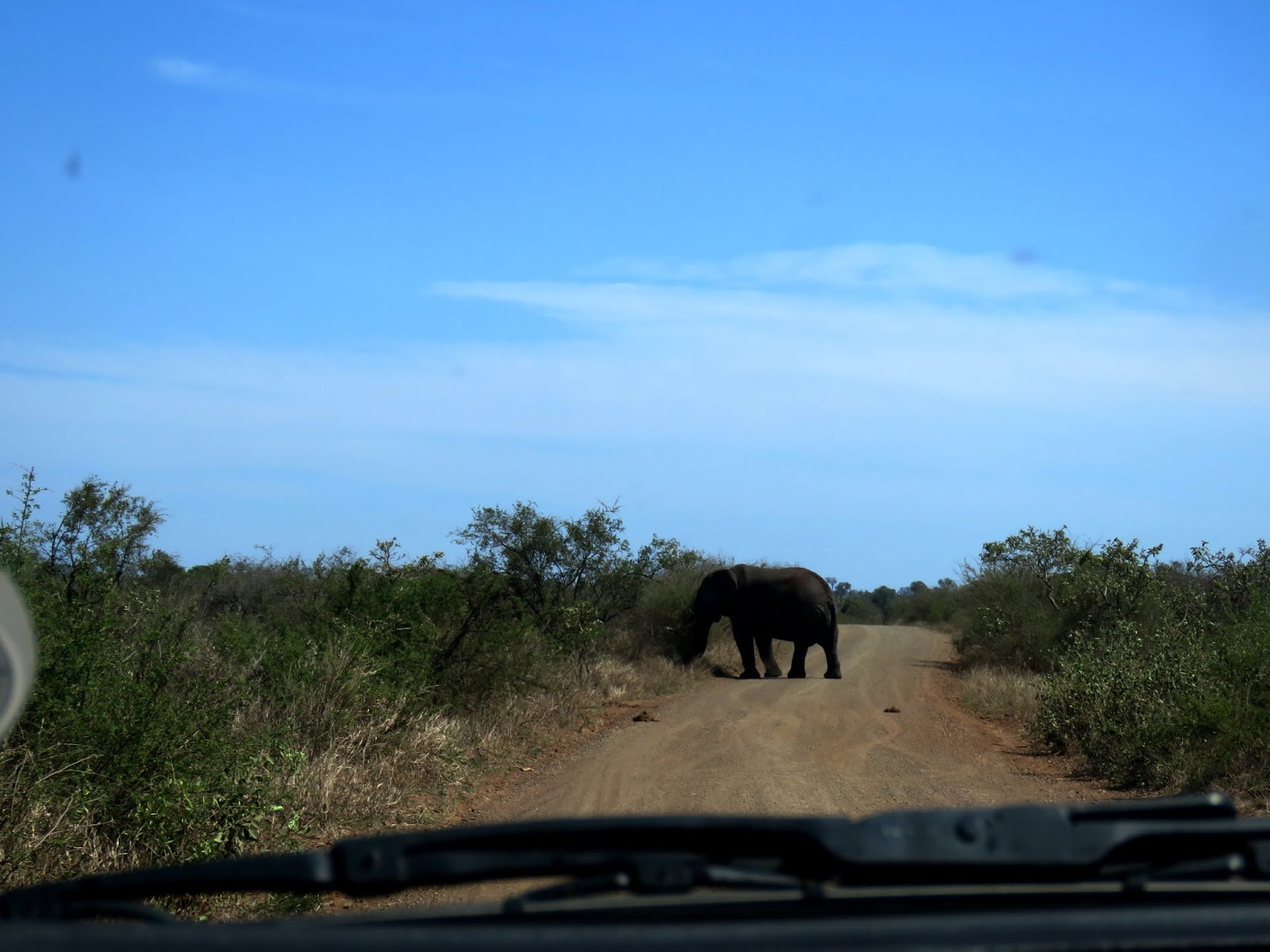 |
| We shot this photo of a female lion taking a drink in the Maasai Mara in October 2013. Although we had an amateur camera then, as we do now, being up close made all the difference in the world as opposed to today’s remaining lion photos taken in Kruger at a distance. Here’s the link from which we copied this photo with many more lions photos, including one in a tree. |
“Sighting of the Day in the Bush”
 |
| This is our resident tree frog, who mostly lives on a light fixture frame on the veranda. In the winter months, he only appeared at night. Now, he’s there almost constantly except for this particular time when he came down from the light and sat on a chair on the veranda. He eats lots of insects at night when we turn on the light. |
Human’s fascination with lions has persisted for centuries. Their mystery, fierceness, and veracity, coupled with their physical structure and gender differences, have been the primary source of interest for most amateur and professional photographers who are fortunate enough to visit their territories throughout the world.
From Kruger National Park’s website:
“GL SMUTS, LION (1982)
Butch Smuts worked in the Kruger National Park for many years, first studying what was causing a decline in zebra populations and later performing intensive studies on the lion populations in the park, with a special emphasis on the central region of the park. Together with colleagues, they developed mass capture protocols for lions that are still used today. During this research, the first lion ever to be fitted with a radio collar was captured and released to provide information to curious scientists.
 |
| Lions are often seen at a distance in Kruger. It’s a rare exception to see them crossing the road, as depicted in many photos. |
Over four years in the 1970s, the stomach contents of 257 lions were examined. 47 percent of the lions had empty stomachs. For the remaining lions, ten prey animals had been eaten by the lions. These were impala (30%), wildebeest (24%), giraffe (15%), zebra (11%), warthog (8%), waterbuck (5%), kudu, and buffalo (2% each). A domestic goat (probably from outside the park) and an unidentified animal were also found. When statistical analysis based on the sizes of the animals was performed, the giraffe was found to make up the most incredible bulk of the animals’ diet, followed by wildebeest and zebra.
 |
| We spotted the five lions at the Verhami Dam, which no longer has any water during this hot season. |
Smuts and his colleagues performed a lion census in the mid-1970s, luring over 600 lions to call centers where the lions could be darted and marked to enable counting. During a five-year period, they managed to capture over 1 200 lions. He found that the central district of the Kruger National Park had over 700 lions, dispersed amongst sixty different prides. There was a sex ratio of two adult female lions to every adult male.
 |
| The five lions were all females. |
The largest pride contained 21 lions, and on average, there were two males per pride, although this ranged from one to five males per pride. The lion density was worked out as 13 lions per 100km2. They also worked out that there was one lion per 110 prey items in Kruger at that time. This was a strong contrast to the Serengeti where only about one lion per 1,000 prey animals.”
 |
| It was scorching that day at 40C (104F) as they sought shelter from the sun under trees. |
Although this article is over 35 years old, it was interesting information we hadn’t seen anywhere in our recent research. Kruger’s website, in general, has been an excellent source of information for us over these past many months.
 |
| Surely, calling groups of lions a “pride” has something to do with their proud and confident demeanor. Hence, the “King of the Jungle.” |
And yes, as we peruse the Crocodile River banks day after day from here in Marloth Park, we find ourselves on the proverbial search for lions when we enter Kruger.
 |
| We held our breath as we took these photos to steady the camera. |
Much to our surprise, we see them more often from the fence in Marloth Park than we do while on a self-drive or professional game drive in Kruger. While in the Maasai Mara in Kenya n 2013, we did see them up close and personal.
In a mere 87 days or so, we’ll be back in Kenya to visit once again the famed Maasai Mara (as part of a larger Kenya wildlife photography tour) when roads are not barriers to getting close to the magnificent beasts.
 |
| These five may be part of what is referred to as the “Verhami Pride.” |
In Kruger, it’s required to stay on the paved or dirt roads. Thus, our photos may only be taken from the roads when spotting wildlife, making many scenes challenging to acquire.
We took today’s main photo in the Maasai Mara in October 2013. You can see the advantage of being close to the subject when using a less-than-high-end camera, as we had then and we have now.
 |
| She couldn’t have been prettier as this little branch framed her face. |
Of course, we’d love to have the equipment to be able to get great shots from long distances. But, as we’ve mentioned repeatedly, we don’t want to carry the extra weight around the world, nor can we handle a heavy camera since both of us have bad right shoulders. It’s a reality we have to live with.
 |
| From time to time, a few would raise their heads, looking intently for possible prey. |
As technology improves over the years, we’ll eventually be able to buy a lightweight camera with more efficiency and clarity. We look forward to that time. In the interim, we do the best we can.
Here we are attending a photographic safari for 16 nights in Kenya in a few months, were most likely, all the participants will have upscale, sophisticated cameras. We’re ok with this.
Not everyone has a lifestyle similar to ours with certain restrictions. We’re going on this adventure for the experience and for photos we can share with all of you along this exciting journey, many of which will be as clear as the primary photo in today’s post, taken over five years ago.
 |
| They’d lay back down with one keeping a watchful eye for possible action. |
We continue here now and will carry on in Kenya, searching for those special wildlife photos. Please stay tuned for many more lion photos during our remaining time in South Africa, which will only escalate once we return to the Maasai Mara.
The scorching heat continues as we sit here on the veranda drenched in sweat. But, this is what one expects in Africa, so we take it in our stride. As long as we can sleep in aircon comfort at night, we have no problem. That means the power must stay on, another reality of Africa we’ve adapted to over this extended stay.
Tonight, we off to friends Jan and Steve’s bush home for dinner. Rita and Gerhard are joining us after meeting them last Saturday at Jabula. That’s how it is here, friendly and welcoming, even for newcomers.
Stay cool, stay warm, wherever you may be, to provide the utmost comfort.
 |
| Our ship was this close to the walls to the walls of the passageway of the Panama Canal as this cargo ship in front of us. This was our second passage through the canal since we began our travels. For more photos, please click here. |





























































































































